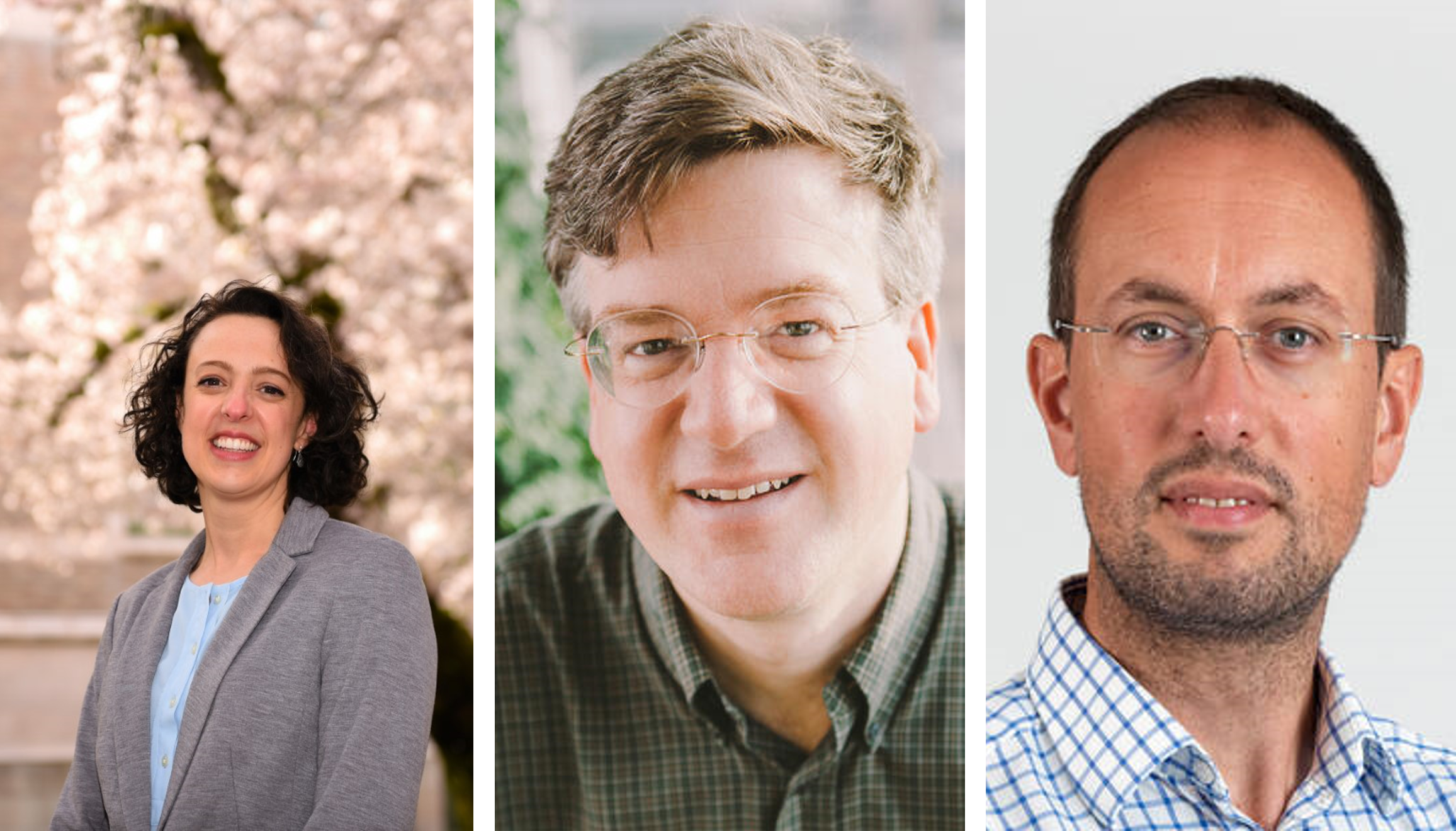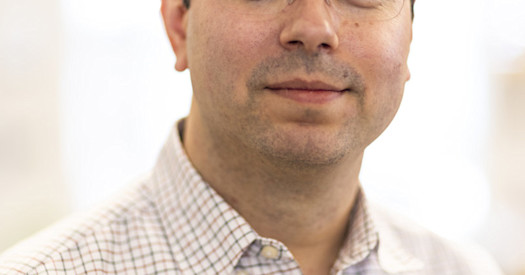
‘Collectively advancing the promise of the Human Genome Project by interpreting the landscape of human genetic variation’
This October marks the one-year anniversary of the Atlas of Variant Effects (AVE) Alliance. AVE is an international collaborative whose mission is to galvanize and coordinate global efforts to produce multiplexed functional data for human and pathogen genes to inform human disease. The Alliance currently has more than 200 members, who include technology developers, data producers and analysts, researchers, clinicians, curators, data consumers, funders and other stakeholders, from over 10 countries.
Three of AVE’s Executive Committee members – Drs. Matthew Hurles of the Wellcome Sanger Institute, Lea Starita of the University of Washington, and Frederick (Fritz) Roth of the University of Toronto –reflect on this past year and also offer a glimpse into the future.
What are some of the highlights of the AVE's first year?
Dr. Hurles: The sheer enthusiasm of the AVE community to come together to share expertise and data and the way that the vision of AVE has so clearly resonated with such a broad community of researchers.
Dr. Starita: Finding so many people with the shared passion and interest in understanding genetic variation and driving the field forward.
Dr. Roth: It has been so heartening not only to watch membership of AVE grow, but to see how willing everyone has been to be open about their ideas. One example is the incredible response we got when we asked AVE members to openly share information via the MaveRegistry (https://registry.varianteffect.org), a collaborative platform more formally known as Multiplexed Assays of Variant Effect. Members posted not only their published efforts, but also their unpublished and ongoing variant effect mapping projects. In the past year, more than 150 MAVE studies and more than 65 research teams have been registered.
What has surprised you about AVE, thus far? Dr. Hurles: Just how far we’ve managed to come given that we’ve been under pandemic limitations for the entirety of the time since the AVE alliance's inception. I’ve also been surprised how little focus there has been on interpreting protein coding variants among the recently awarded initiatives of the Impact of Genomic Variation on Function (IGVF) Consortium.
Dr. Starita: I’ve been surprised at the strong commitment of people to the organization and to our collaboration and work together.
Dr. Roth: It has been exciting to see how willing the members of AVE workstreams have been to give and take perspectives from other disciplines and adjust their thinking.
Looking ahead, what are your goals for AVE's second year? Dr. Hurles: I have several goals for AVE’s second year. First, to broaden the community generating and publishing variant effect maps. To ensure that the data being generated are high quality, and are shared widely. Next, to work together on learning how to scale the generation of variant effect maps, as well as to devise clear standards on how the clinical utility of variant effect maps should be assessed. And finally, to stimulate the development of the next generation of informatic tools making inferences from the data.
Dr. Starita: One of my goals is to ensure we meet the deliverables we have set for the Alliance, such as those Matt has noted. Another goal is developing an understanding of how to use in clinical settings the multi-plex data we have been generating. I also want to broaden the Alliance’s membership with more people from different scientific fields, as well as from nations of the world where we currently do not have representation, especially more low and middle-income nations.
Dr. Roth: The key goal is to produce a concrete roadmap toward the shared vision of an Atlas of Variant Effects. We will also be facing some important decisions whether AVE should go beyond providing a vision and coordination, and become an international conduit for directly funding this work.
What are the potential hurdles to reaching those goals and how can those hurdles be overcome? Dr. Hurles: It’s essential that we engage with cell biology communities and democratize access to the experimental and analytical technologies and, in turn, leverage the diffuse expertise regarding informative assays that illuminate diverse protein functions. We can learn from the ways cell biologists have rapidly adopted other technologies, such as scRNA-seq, to answer the questions they care about. We need to publish papers and preprints that show the general utility of the technologies and disseminate these opportunities widely.
Dr. Starita: One of those hurdles, as I noted above, is the dearth of representation from experts in low and middle-income nations. One way help overcome this is ensuring a wider outreach, such as AVE’s upcoming conference next June 13th and 14th in Toronto. It will have a hybrid structure – both in-person and virtual – with a commensurate fee schedule. I’m hopeful this will broaden not just interest in variant effects, but also will expand our membership. Another challenge, of course, is not yet having funding earmarked specifically for the Alliance’s work, but I’m thankful all of us have a strong commitment to the project.
Dr. Roth: A major hurdle will be to convince funders internationally that, not only would an Atlas of Variant Effects offer tremendous benefits for genomic medicine and fundamental biological understanding, but that it is achievable and should be carried out as an open and inclusive international effort.
In 2026, five years from now, what do you believe/expect AVE will have accomplished?
Dr. Hurles: I believe that we will achieve at least two orders of magnitude increase in scale in the generation of variant effect maps. Rather than papers reporting variant effect maps for single genes as now. We will have papers reporting 100+ maps at a time. I see AVE as being a ten-year endeavor, with achieving two orders of magnitude increase in each five-year period.
Dr. Starita: I believe AVE will have a more diverse membership, both in regard to the areas of science and culturally – a more vibrant collection of scientists. And from a science perspective, I am confident we will make important contributions to understanding the effects of genetic variations on the most important genes and to gaining new insights into the so-called “dark matter” matter of the genome – from genes to non-coding variations.
Dr. Roth: I believe that within five years we will shift from the technology development phase to the production phase, and will be collectively testing the functional impact of millions (or tens of millions) of variants per year.
If you would like to learn more about Alliance activities and events or become a member of the Alliance please visit: https://www.varianteffect.org/


